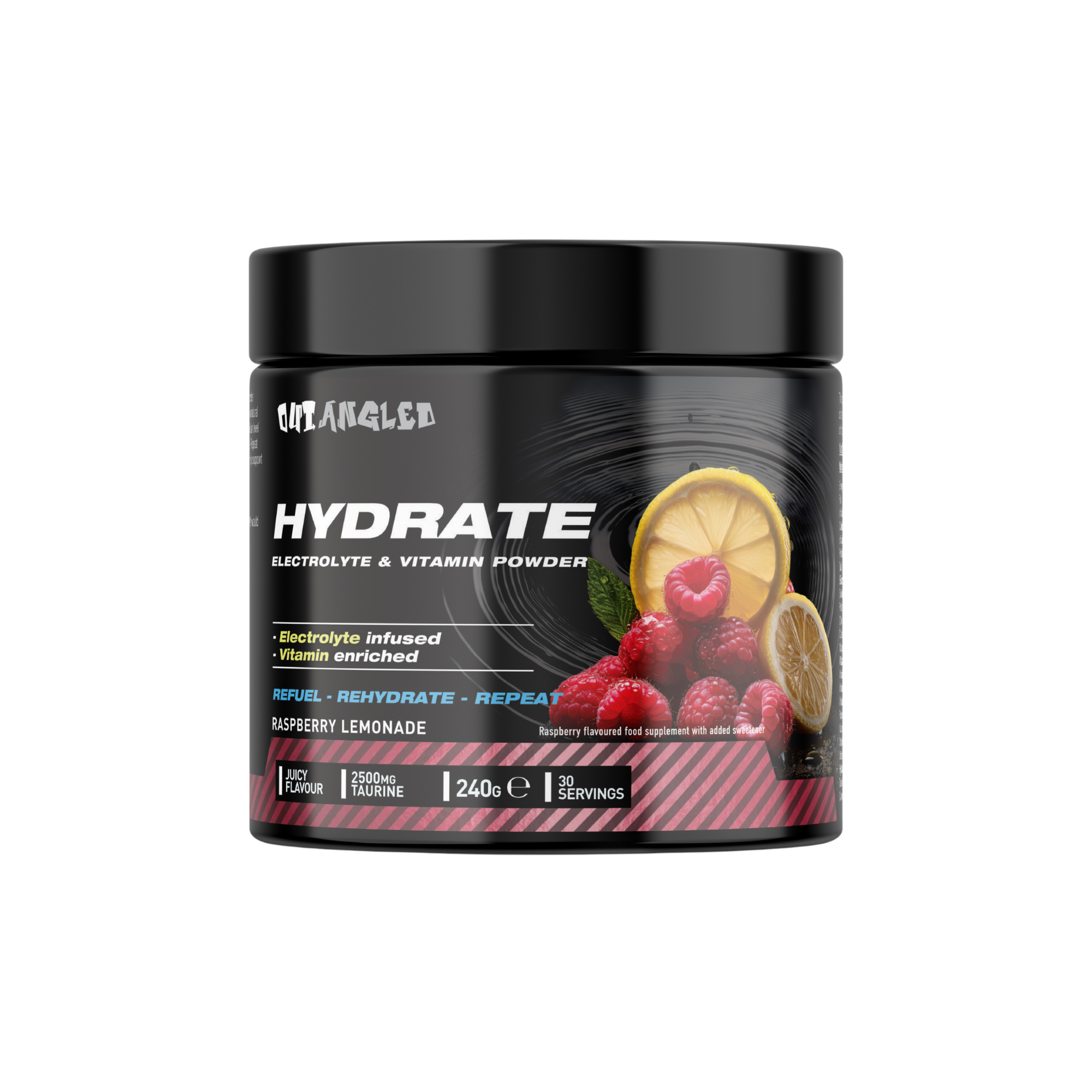Among all the supplements on the market, creatine remains one of the most studied, proven, and misunderstood. It’s often surrounded by confusion — claims of water retention, bloating, or being suitable only for bodybuilders. In reality, creatine is one of the safest and most effective performance enhancers available, supported by decades of scientific research.
What Is Creatine?
Creatine is a naturally occurring compound found in small amounts in foods like red meat and fish. It’s also produced in the body from the amino acids arginine, glycine, and methionine. Inside the muscle, creatine is stored as phosphocreatine, which plays a vital role in producing adenosine triphosphate (ATP) — the body’s main energy currency.
During high-intensity exercise, ATP is rapidly depleted. Creatine helps replenish it faster, allowing you to perform more reps, lift heavier, or sprint longer before fatigue sets in.
How Creatine Improves Performance:
-
Increased Power Output: Creatine provides extra fuel for short, explosive movements such as heavy lifts or sprints. This allows for more total work per session, leading to greater training adaptations over time.
-
Enhanced Muscle Growth: By improving workout intensity and volume, creatine indirectly promotes muscle hypertrophy. It also increases water content inside muscle cells, which may trigger growth-related signals.
-
Improved Recovery: Some studies suggest creatine reduces muscle cell damage and inflammation, helping athletes recover faster between sessions.
Addressing Common Myths:
-
Myth: Creatine causes bloating.
The slight water increase occurs inside the muscle, not under the skin. This intracellular hydration supports performance and muscle function rather than causing visible puffiness. -
Myth: You need to “cycle” creatine.
There’s no evidence that cycling offers benefits. Consistent, daily intake is more effective for maintaining muscle saturation levels. -
Myth: Creatine harms the kidneys.
Research shows no negative effects in healthy individuals using recommended doses. Those with pre-existing kidney issues should always consult a medical professional before supplementation.
How to Take Creatine
For most people, a daily dose of 5 to 10 grams is sufficient to maintain full muscle stores. Some choose to start with a “loading phase” of 20 grams per day for five days to accelerate saturation, but this is optional.
Creatine works best when combined with carbohydrates or insulin-stimulating nutrients, as this helps transport it into muscle cells. That’s why advanced formulas, such as CREA SRA, include not only 10,000 mg of creatine monohydrate but also carbohydrates, amino acids, and alpha-lipoic acid (ALA) for improved uptake and energy balance.
Safety and Long-Term Use
Creatine has been shown to be safe for long-term use in numerous studies. It’s suitable for athletes across sports — not just bodybuilders — including endurance runners, footballers, and anyone performing high-intensity activity.
The only consistent side effect reported is mild weight gain from increased muscle water content, which typically translates to improved fullness and strength.
Conclusion
Creatine isn’t a shortcut; it’s a proven tool that enhances your body’s natural energy systems. When used consistently alongside proper training, nutrition, and recovery, it can deliver measurable improvements in power, endurance, and muscle growth.
Whether you’re an experienced athlete or new to resistance training, understanding the science behind creatine can help you make smarter decisions about your supplementation and training strategy.





